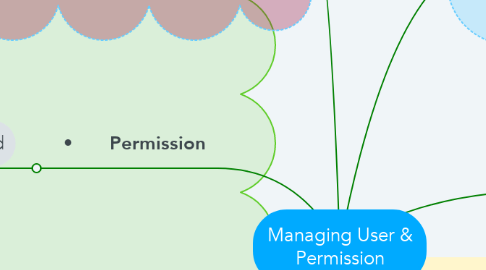Managing User & Permission
by Just Watch


1. • Example of commands :- • r = read • w = write • x = execute • u = user • g = group • o = other
2. • Permission
2.1. o Command
2.1.1. • Chmod = changes the file mode bits of each given file according to modee
2.1.2. • Chown = change file owner and group
2.1.3. • Chgrp = change group ownership
2.1.4. o example • “ chmod u=rwx,g=rx,o=r myfile “ • =user can read,write and execute , members of your group can read and execute it, and others may only read it.
3. umask
3.1. umask is use to determine the file permission for newly created files. It can be used to control the default file permission for new files. It is a four-digit octal number. A umask can be set or expressed using: • Symbolic values • Octal values
4. o Add User & Group ( su –c “useradd Kamal” )
4.1. * useradd , adduser * addgroup , groupadd
5. Directory
6. • Read is the ability to read the contents of a directory. • Write is the ability to write into the directory, like creating files and sub-directories inside a directory. • Execute is the ability to cd into the directory and to view the metadata of the files inside the directory using ls command.
7. • Managing User Command
7.1. o Delete user & group ( su –c “userdel Kamal” )
7.1.1. * userdel , groupdel
7.2. o Modify user & group ( su –c -L “usermod Kamal” ) (-L = lock the user account)
7.2.1. * usermod , groupmod * Examples list of actions :- • -g , -L , -e o –g = force use GROUP as new primary group o –L = lock the user account o –e = set account expiration date to EXPIRE_DATE
8. rwx
8.1. File
8.1.1. • Read is the ability to view the contents of a file. • Write is the ability to edit or delete a file. • Execute is the ability to run a file as an executable program.
